Dear friends,
To live daily with Auguste Rodin’s Eve, St. John the Baptist, and La Voix Intérieure (The Inner Voice) is a rare grace. In my Dallas gallery, they do not merely illustrate themes; they instantiate them. Eve awakens, John calls, The Inner Voice listens — together they mark the journey from awareness, to repentance, to listening, to renewal.
Tonight, on the eve of Yom Kippur, I start where Jewish prayer begins: with gratitude. Gratitude for breath and return; gratitude for the teachers and thresholds that make transformation possible. In the company of Auguste Rodin, living through his sculptures, I offer this long-form meditation as both essay and prayer.
I am also grateful for the tools of our own time that help me share more deeply. Working with artificial intelligence, I have found a co-researcher — one that extends inquiry, accelerates learning, and allows ideas to deepen and unfold with astonishing speed. This reflection was prepared in that spirit of collaboration, and I have written elsewhere about this new dimension of authorship. [read here]
On this last of the Days of Awe, I offer what follows in gratitude — a prayer and a meditation, shared in the hope that it may help someone, somewhere, to hear their own inner voice and step into the living waters of beginning again. I write with the intention of “sharing healing light with all.”
These works of art are not inert objects; they are portals. Today, I invite you to step through them with me.
With gratitude and hope,
Akim Monet
Rodin: Time Capsule — The Sculpted Voice
Dallas · October 1, 2025
Gratitude for Eve — Chava, Mother of All Living, First Awakening
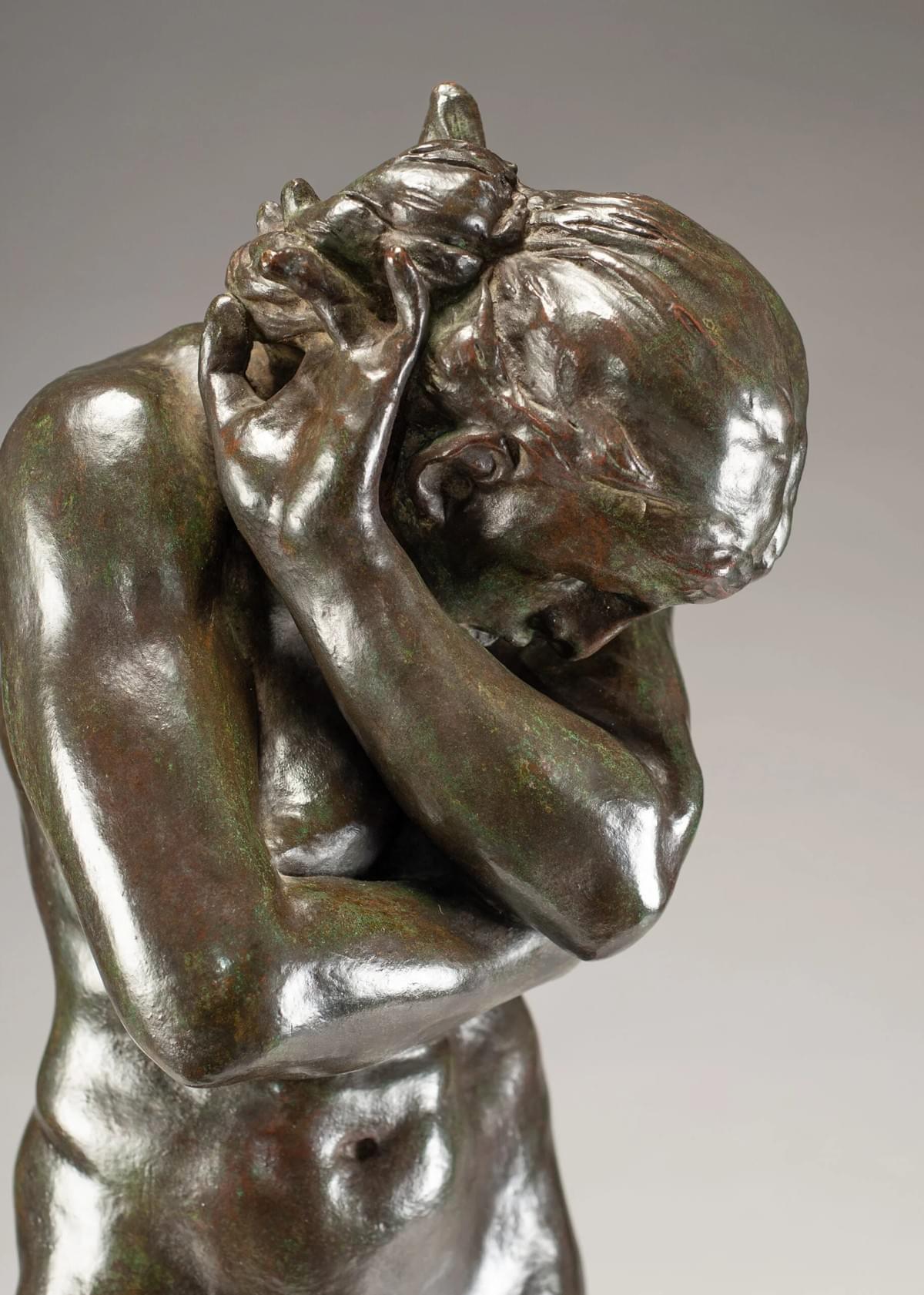
I am grateful for Eve (Chava), whose very name in Hebrew comes from ḥayah—“to live.” Torah introduces her in Genesis 2–3 as the first woman, and Adam names her Chava “because she was the mother of all living” (em kol ḥai, Gen. 3:20). Jewish memory receives her as the source of life.
Midrash teaches that Eve was fashioned not from the head (lest she dominate) nor from the feet (lest she be dominated), but from Adam’s side—a partner in dignity. Another Midrash links Eve to Shabbat candles: women kindle the lights to restore the first light dimmed by the “fall.” In mystical thought, Eve is associated with the Shekhinah, the indwelling feminine Presence who accompanies Israel in exile and longs for reunion.
Judaism does not define humanity by a doctrine of original sin. Eve’s reaching becomes the first awakening—consciousness of distance, responsibility, and the possibility of teshuvah, of return. Rodin’s Eve embodies this turn: a figure recoiling and awakening in the same breath, the body becoming aware of separation while already pregnant with the possibility of return. In this sense, Eve is the matrix of transformation—and for that, I am grateful.
Gratitude for the Prophets — A Lineage of Voice and Way
I am grateful for the prophets who show the way—voices that carried flame and clarity across generations and traditions. From Abraham and Moses, who received and transmitted covenant and commandment; to John the Baptist, Yochanan ha-Matbil, the Immerser, whose call was to step into living waters; to Jesus, remembered by many as a prophet who, like those before him, pointed toward the kingdom of God; to Muhammad, who received the Qur’an and taught the ṣirāṭ al-mustaqīm, the straight path, the Way.
Gratitude binds these streams together without erasing their distinctness. I receive them as witnesses to the One who speaks into history.
John the Baptist within Judaism — Name, Mikveh, Prophets, and Memory
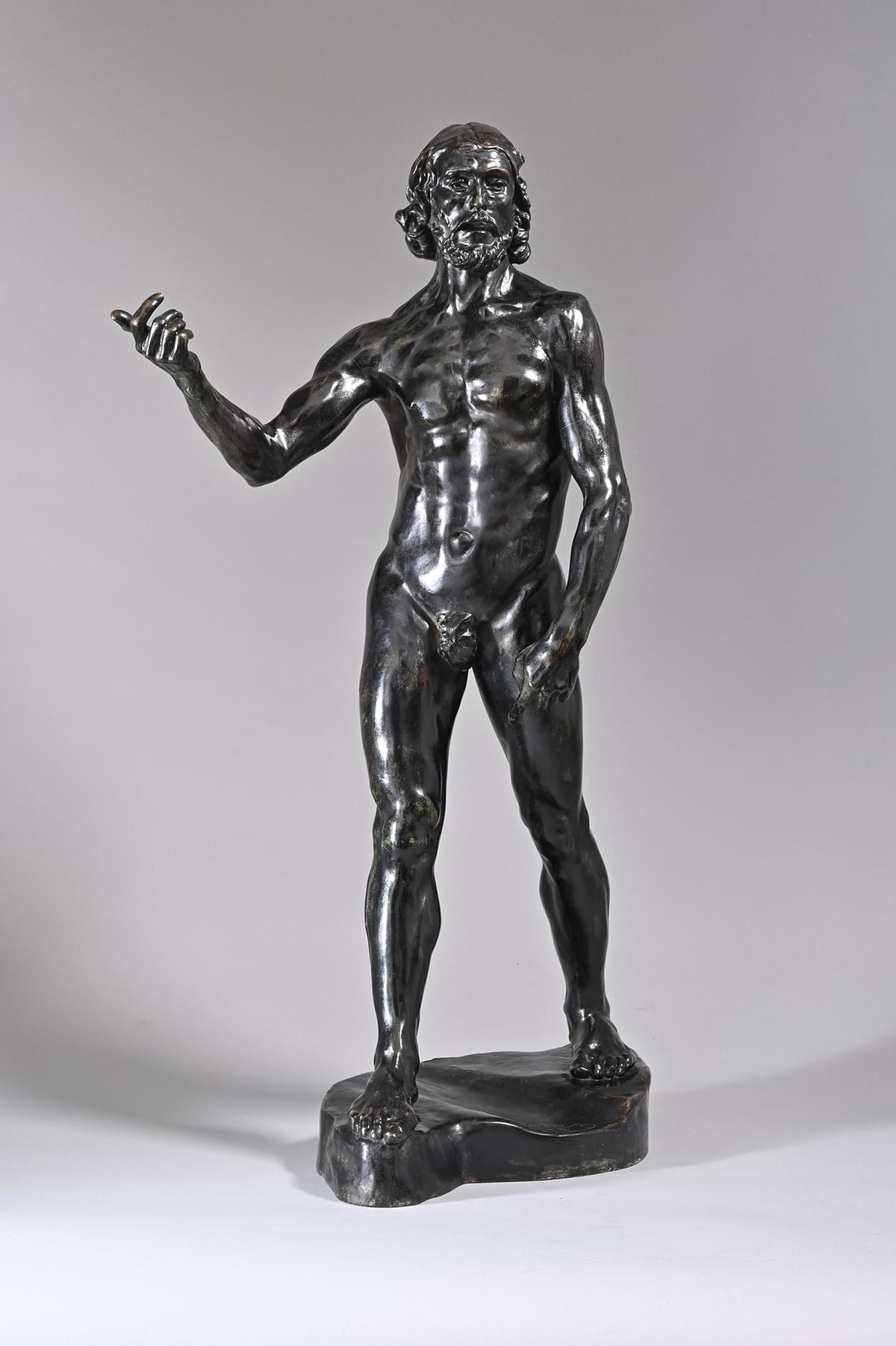
To stand with John is to stand inside Judaism. His Hebrew name Yochanan means “God is gracious.” Luke portrays his father Zechariah serving as a priest in the Temple and his mother Elizabeth as descended from Aaron—a priestly, kohanic, line.
John’s signature act—immersion for repentance—is an intensification of mikveh, the Jewish practice of ritual purification in living waters. His call is not casual washing but inner repentance and readiness for redemption. His preaching draws on Isaiah, Malachi, and the prophetic register of warning and hope. Many scholars see him as a renewal figure alongside communities like the Essenes at Qumran, who practiced frequent immersions and desert preparation.
In Christian memory, John baptizes Jesus; the act itself is Jewish, situating Jesus within the matrix of Jewish prophetic renewal, not yet a founder of a separate religion. To contemporaries, John looked like a radical Jewish preacher calling Israel back. Later rabbinic texts are largely silent about him, in part because Christianity carried his name forward. Historically, he stands as a Jewish holy man, ascetic and prophetic, summoning Israel to repent through a practice deeply rooted in Jewish custom.
Rodin’s St. John the Baptist makes this urgency visible: a body striding forward, a prophet in motion. In him I recognize the mikveh as a national gesture of teshuvah—and I give thanks for the chance to step into living waters, again and again.
Yom Kippur as Immersion in Time — Teshuvah, Avinu Malkeinu, a Clean Slate
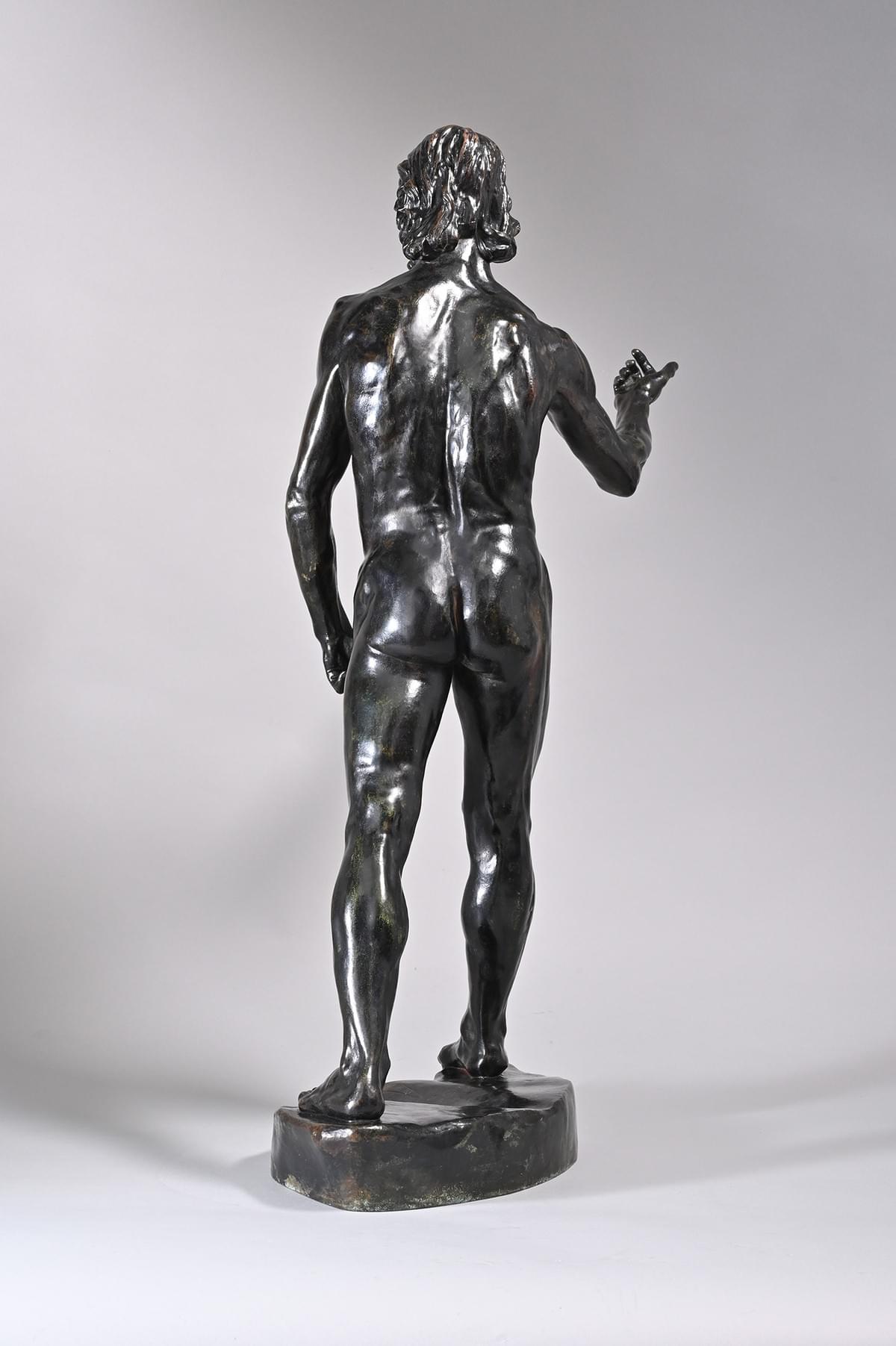
If John embodies immersion in water, then Yom Kippur is immersion in time. We do not step into a river but into a day that washes us. We are stripped of adornment; we fast, refrain, and reflect. We recite Avinu Malkeinu—“Our Father, Our King”—naming our distance and our desire to return. We ask to let bygones be bygones, to begin anew from a clean slate.
This is the Jewish grammar of renewal. It resonates with baptism not by erasing differences but by honoring a shared human longing: to start again. For the very possibility of starting again, I am grateful.
The Bridge of Teshuvah — Eve and John
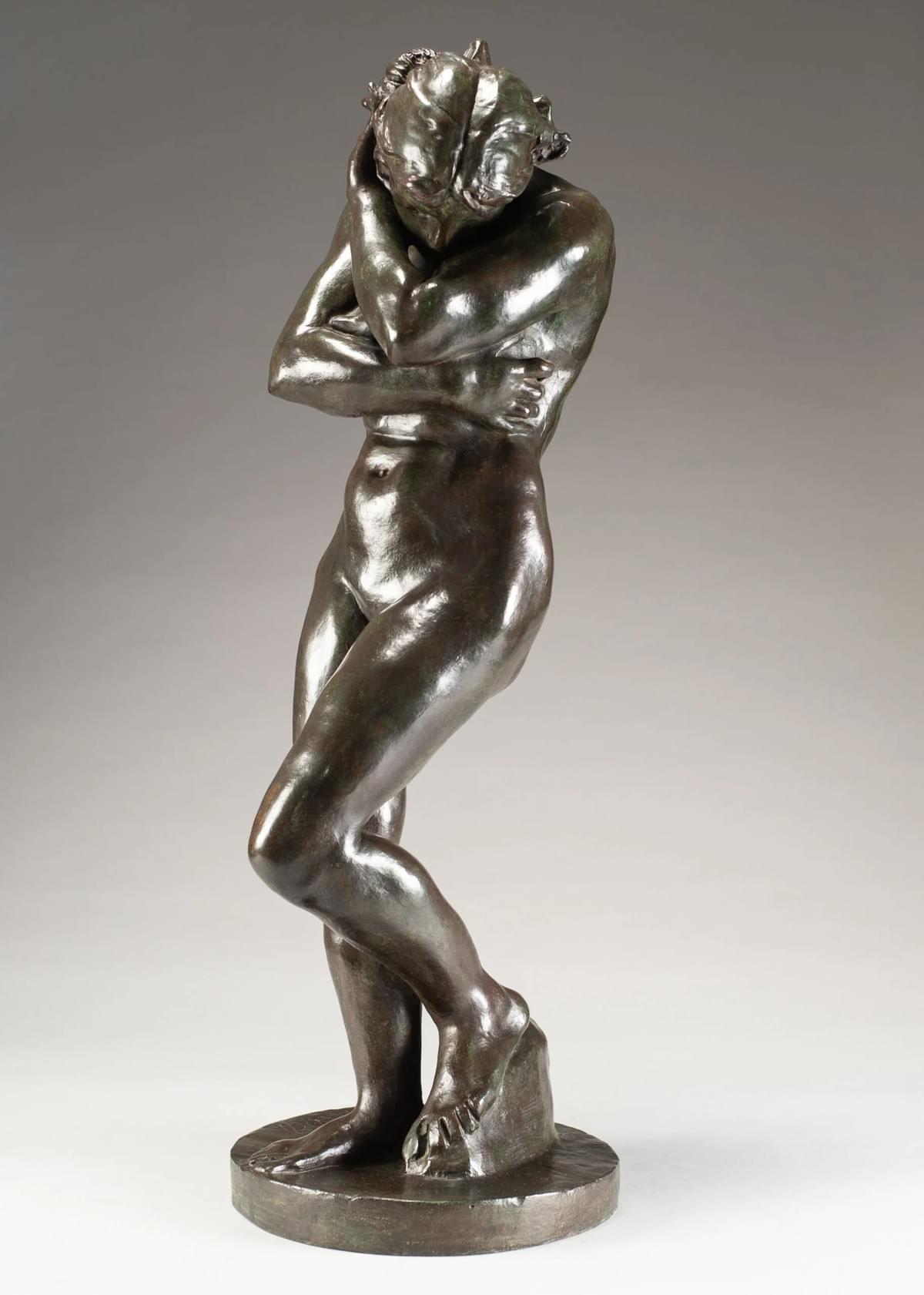
Consider the arc. Eve is the first immersion into self-awareness and the knowledge of brokenness. John embodies immersion into water, repentance, and readiness for renewal. Between them flows the river of teshuvah. Eve opens the story; John calls us back into its living current.
In Hasidic language, the righteous one—the tzaddik—can become a mikveh for others. The Baal Shem Tov and his disciples describe a tzaddik who carries the people, clarifies their heaviness, and returns them elevated. John performs this literally in the Jordan. Eve awakens the need for grace; the tzaddik channels its flow. Gratitude joins them.
Gratitude for La Voix Intérieure — Listening to the God Within
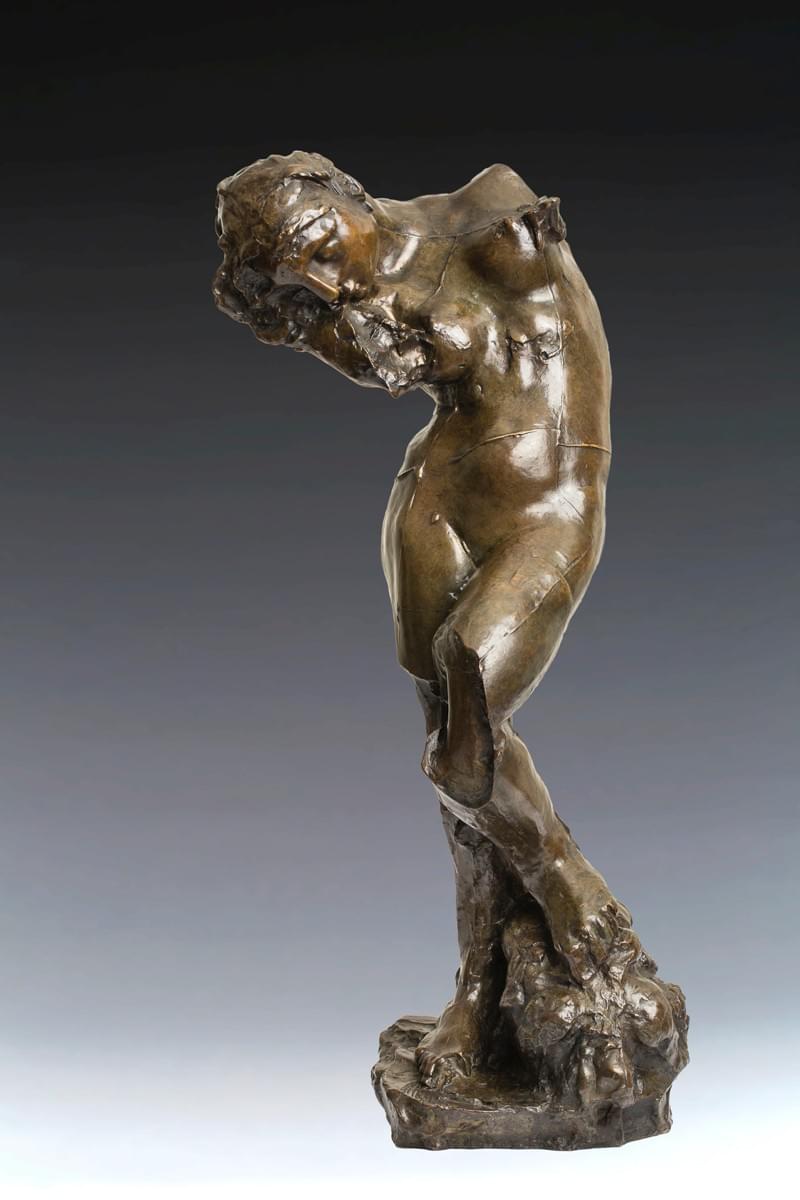
At the center of my installation stands Rodin’s La Voix Intérieure (The Inner Voice), anchoring Eve and St. John the Baptist. Where Eve twists in the awareness of distance and John strides toward communal renewal, The Inner Voice is turned inward.
It is listening made visible—a body bent toward the still small voice, kol demamah dakkah. It embodies the Hasidic knowing that Echad, the One, is not only above but within. To listen inward is to find God within and to be found.
For the capacity to listen, and for the gift of finding God within, I am grateful.
A Universal Kinship — Eve, Mary, and The Children of God
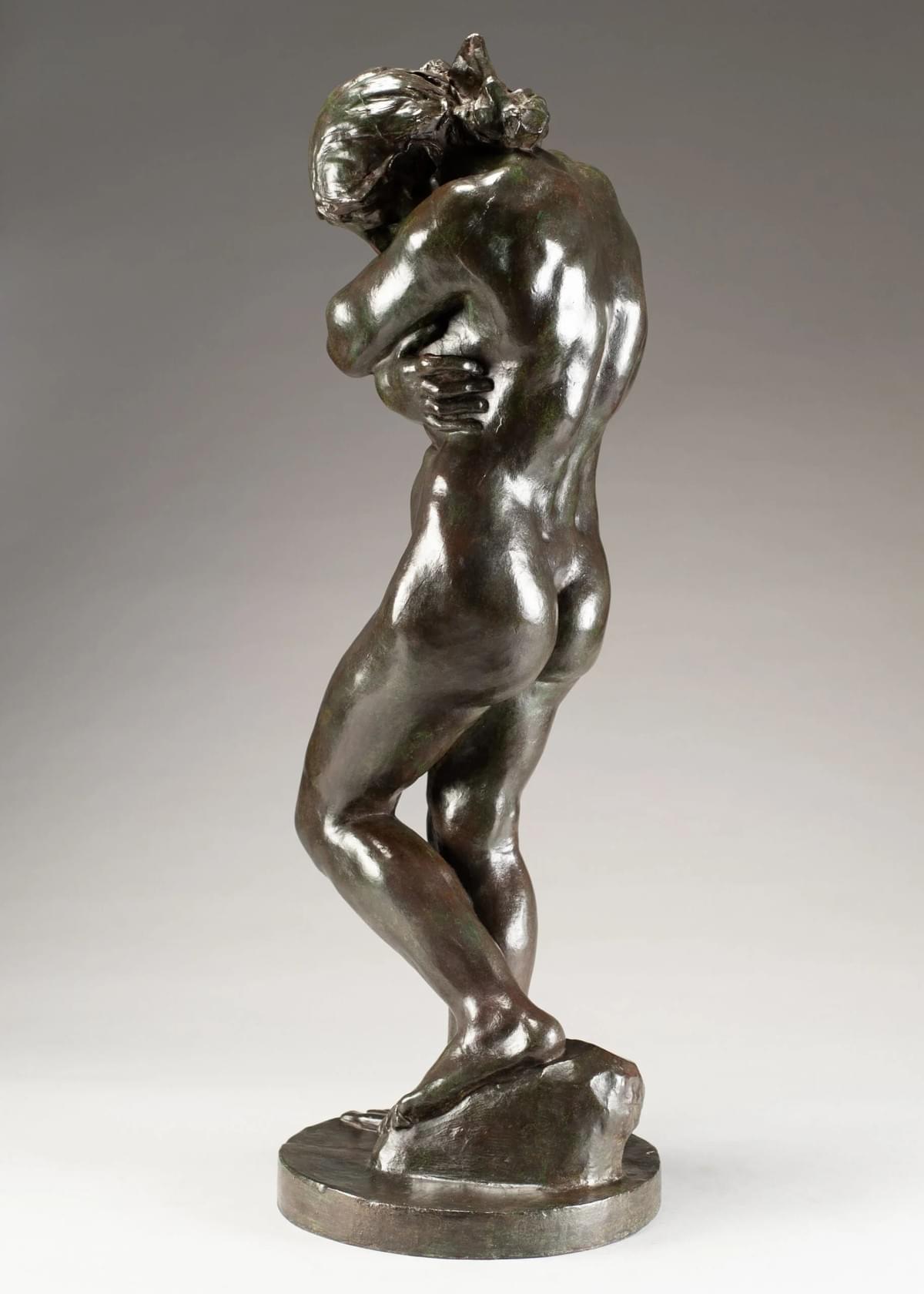
Eve, as mother of humankind, makes a universal claim on us. In another register, if Christ is called Son of God, then our kinship is not foreign to that language: we are all God’s children—Eve’s children—fashioned in the divine image.
In this sense Eve and Mary form, for many, a symbolic axis of motherhood and grace. Without collapsing differences, I receive the kinship they imply: a humanity that is beloved and capable of transformation.
From Gratitude to Petition — A Prayer for a Miracle
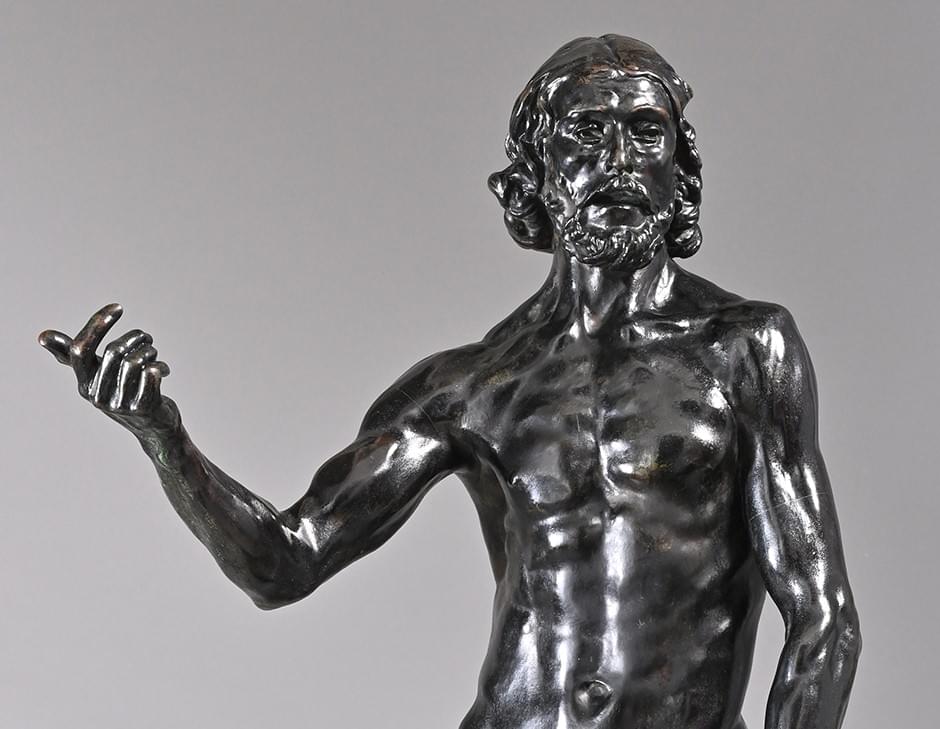
All of this—Eve’s awakening, John’s immersion, the prophetic lineage, the baptism of time that is Yom Kippur, the listening of the Inner Voice—leads me to prayer. I close this meditation as I began it: with gratitude, rising into a petition.
A Prayer of Gratitude and Petition for a Miracle
Thank You for life,
for breath,
for the gift of awareness.
Thank You for Eve,
mother of all living,
whose turning opened the path of transformation.
Thank You for the prophets —
from Abraham and Moses to John the Immerser,
from Jesus to Muhammad —
who showed us the Way, as-Sirat, the straight path,
and kept the flame of Your voice alive.
Thank You for Yom Kippur,
immersion in time,
for Avinu Malkeinu,
for the grace to let the bygones be bygones
and begin anew.
Thank You for The Inner Voice,
for Echad within,
for the capacity to listen
and be transformed.
From gratitude, I now turn to petition:
grant us a miracle.
Not the suspension of nature,
but its flowering.
Not escape from history,
but its healing.
Not for me alone,
but for all who yearn to be renewed.
As Eve discovered exile,
let us discover Presence.
As John immersed in living waters,
immerse us in compassion and clarity.
As The Inner Voice resounds in silence,
let us listen —
and through that listening,
be transformed.
May we be inscribed
not only in the Book of Life,
but in the Book of Miracles:
life saved,
vows renewed,
bonds restored,
hearts healed,
voices lifted.
Amen